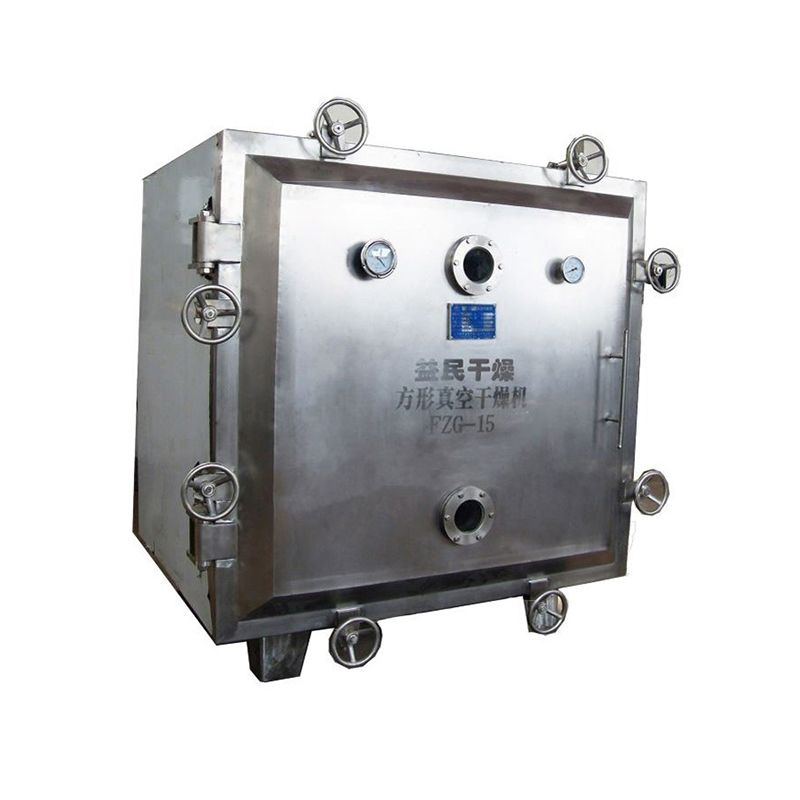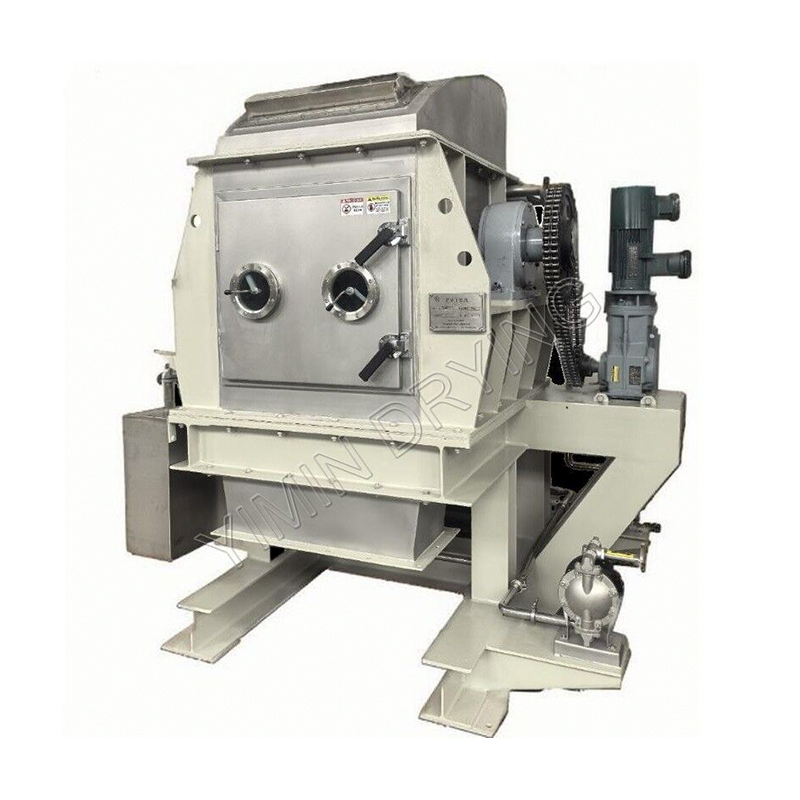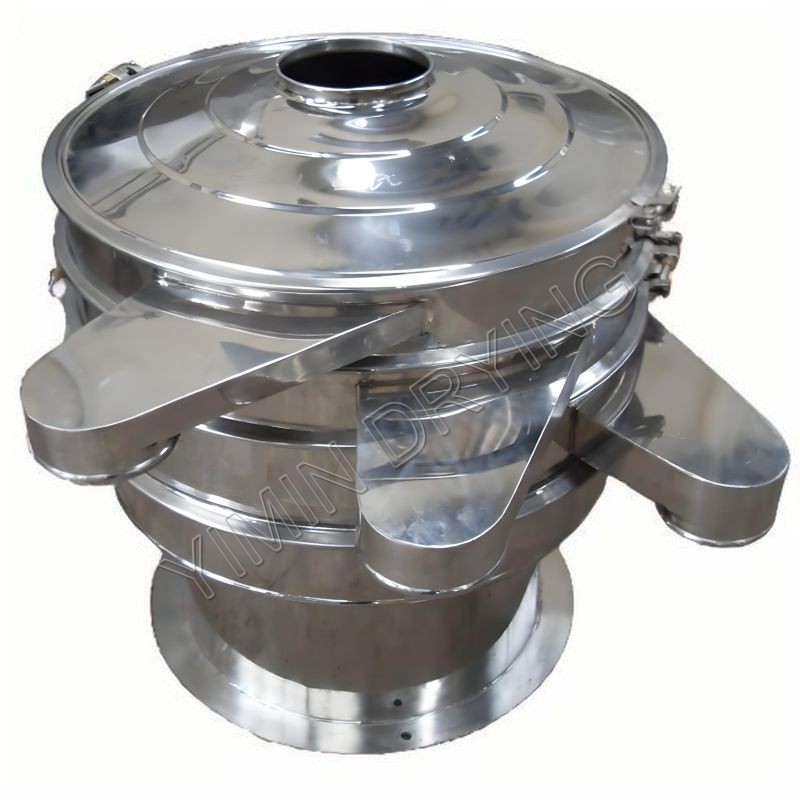Understanding Vacuum Drying Technology
A vacuum dryer is a type of drying equipment that operates under reduced pressure, or a vacuum. This technology is used to remove moisture, solvents, and other volatile substances from materials at lower temperatures than would be possible at atmospheric pressure. The core principle behind vacuum drying is that the boiling point of a liquid decreases as the surrounding pressure decreases. This allows for the evaporation of water or solvents at temperatures that are less likely to damage heat-sensitive products, making vacuum dryers a preferred choice in industries like pharmaceuticals, food, and fine chemicals.
Key Principles and Operational Mechanics
The fundamental principle of a vacuum dryer is the relationship between vapor pressure, temperature, and the boiling point of a substance. According to the Clausius-Clapeyron relation, a substance’s vapor pressure increases with temperature. By reducing the pressure inside the dryer chamber, the boiling point of the liquid is significantly lowered. For instance, water boils at 100°C (212°F) at standard atmospheric pressure (1 atm). However, under a vacuum of 0.05 atm, water boils at just 33°C (91.4°F).
The drying process in a vacuum dryer typically involves three stages:
- Heating: The material to be dried is heated, often through heated shelves or a jacketed vessel.
- Vacuum Application: A vacuum pump is used to lower the pressure inside the chamber.
- Vaporization and Removal: The solvent or moisture in the material vaporizes at the lower temperature and is then drawn out of the chamber by the vacuum pump. A condenser is often used to capture and recover the evaporated solvents.
Types of Vacuum Dryers
Vacuum dryers come in various configurations, each suited for specific applications:
- Vacuum Shelf Dryers: These consist of a chamber with multiple heated shelves where trays of material are placed. They are ideal for drying small batches of high-value products like active pharmaceutical ingredients (APIs).
- Rotary Vacuum Dryers: Also known as vacuum tumble dryers, these have a rotating, jacketed vessel that tumbles the material while it is being dried. The tumbling action ensures uniform drying, making them suitable for powders, granules, and crystalline materials.
- Vacuum Drum Dryers: In this type, the material is applied as a thin layer onto the surface of a heated rotating drum. A vacuum is maintained inside a sealed hood surrounding the drum. They are effective for drying slurries and liquids.
- Fluidized Bed Vacuum Dryers: These combine the principles of fluidized bed drying and vacuum technology. Gas is passed through the material to fluidize it, and a vacuum is applied to lower the boiling point. This method is highly efficient for heat-sensitive granules and powders.
Advantages and Applications
The primary advantage of a vacuum dryer is its ability to dry heat-sensitive materials without causing degradation. This is crucial for industries where product integrity is paramount. Other benefits include:
- Solvent Recovery: The closed system allows for the capture and recovery of valuable or hazardous solvents, which is both environmentally friendly and economically advantageous.
- Prevention of Oxidation: By operating in a low-oxygen environment, vacuum drying prevents oxidation of the product, which is particularly important for food and pharmaceutical products containing fats or delicate compounds.
- Homogeneity: The controlled environment and often-used agitation (in rotary dryers) ensure a consistent final product with uniform moisture content.
Vacuum dryers are extensively used in:
- Pharmaceuticals: For drying APIs, intermediates, and final products to precise moisture levels.
- Food Processing: Drying spices, herbs, and instant food products while preserving flavor and nutritional value.
- Chemical Industry: Drying sensitive chemicals, polymers, and catalysts.
- Ceramics: Drying high-tech ceramic powders.
The versatility and efficiency of vacuum drying make it an indispensable technology in modern industrial processes where product quality, safety, and energy efficiency are key considerations.



 English
English русский
русский عربى
عربى Türk
Türk





